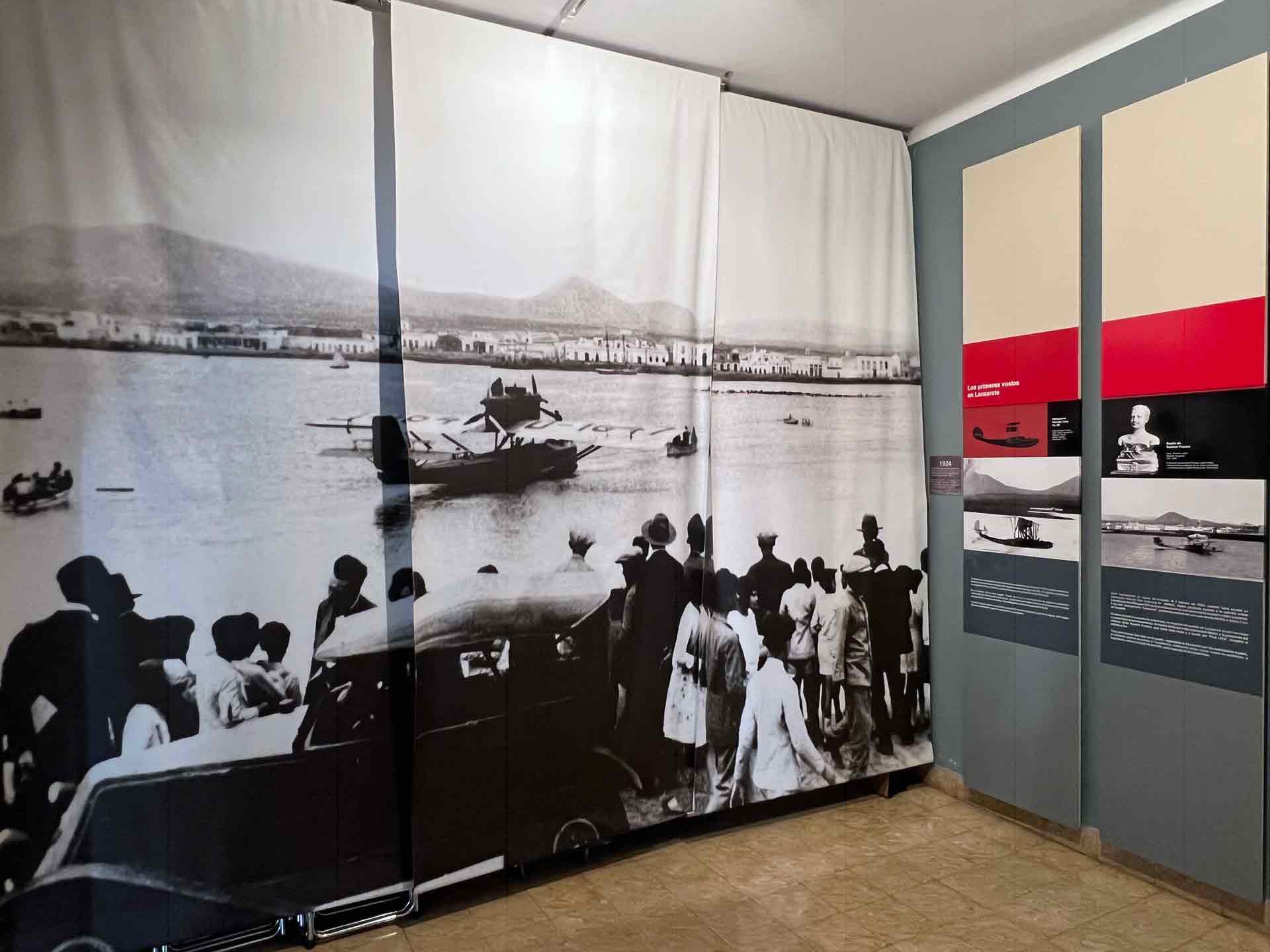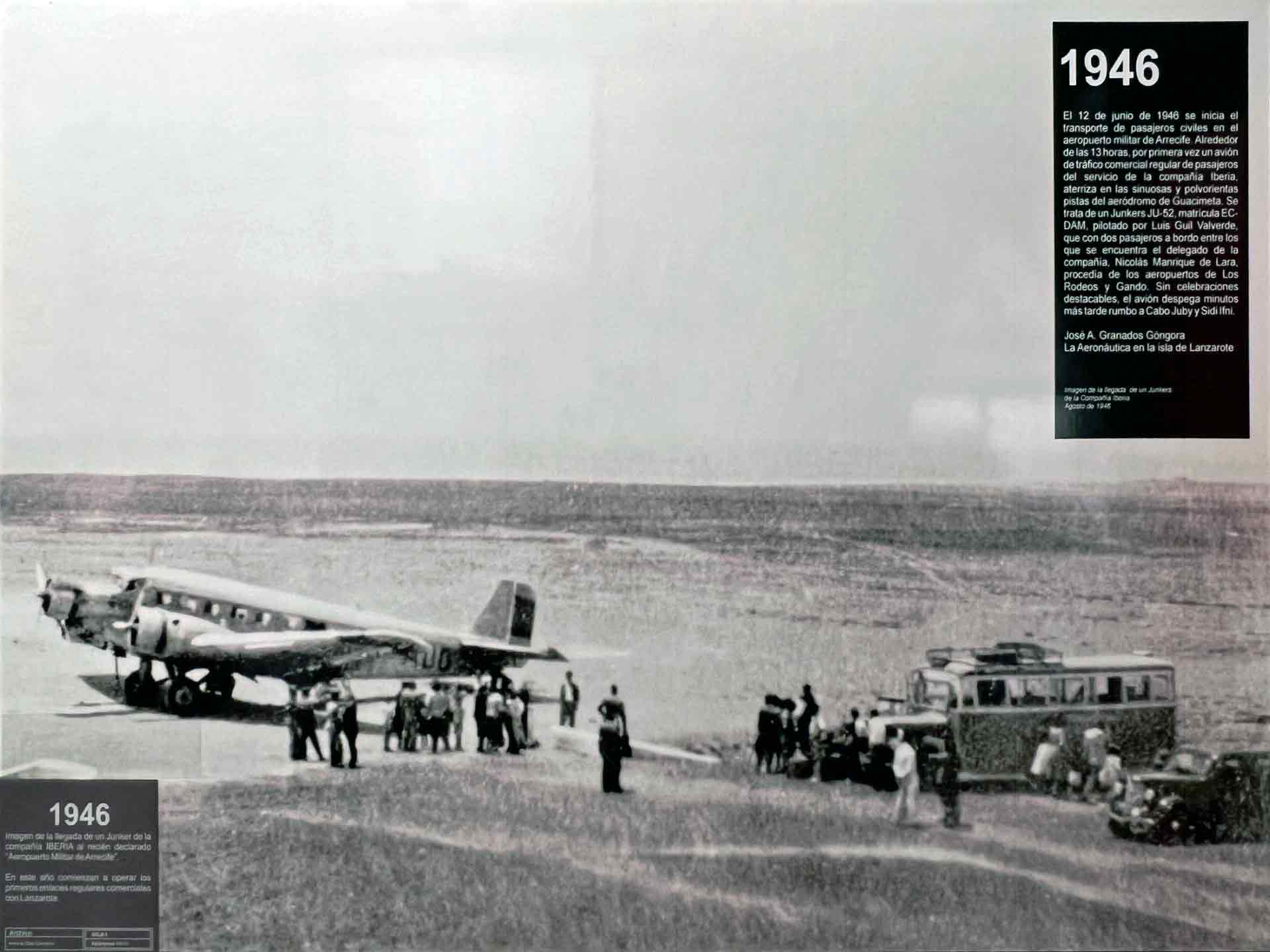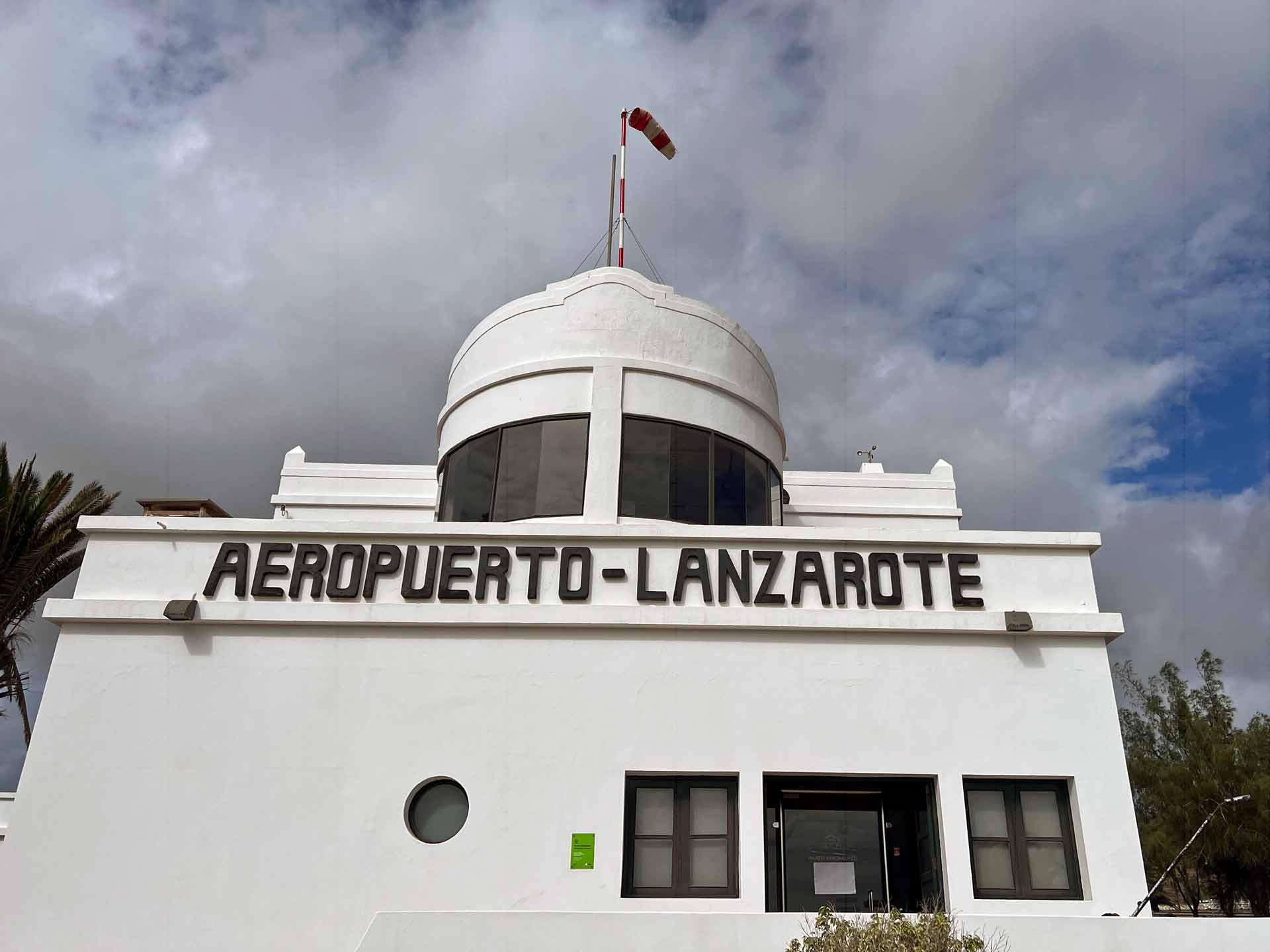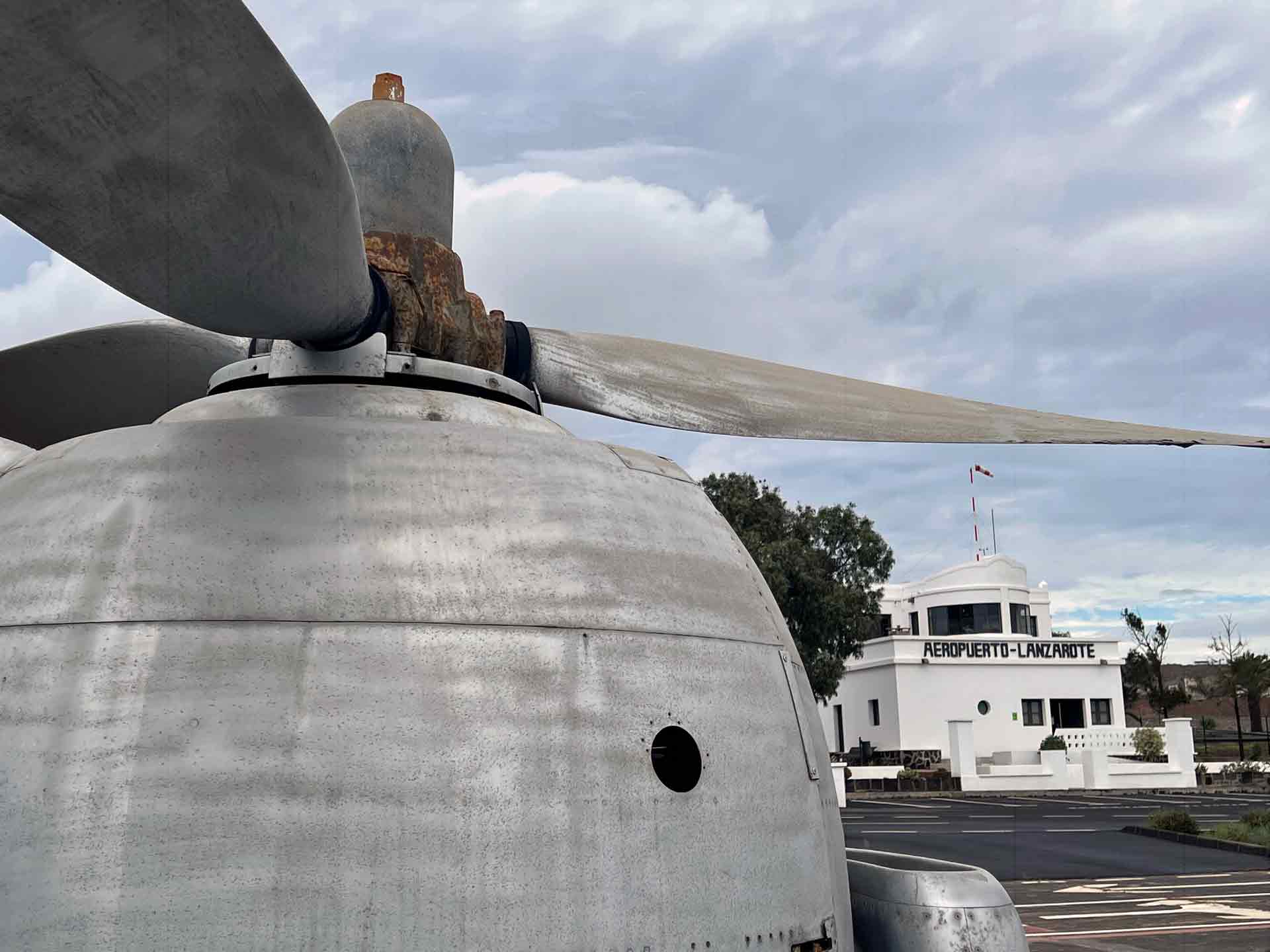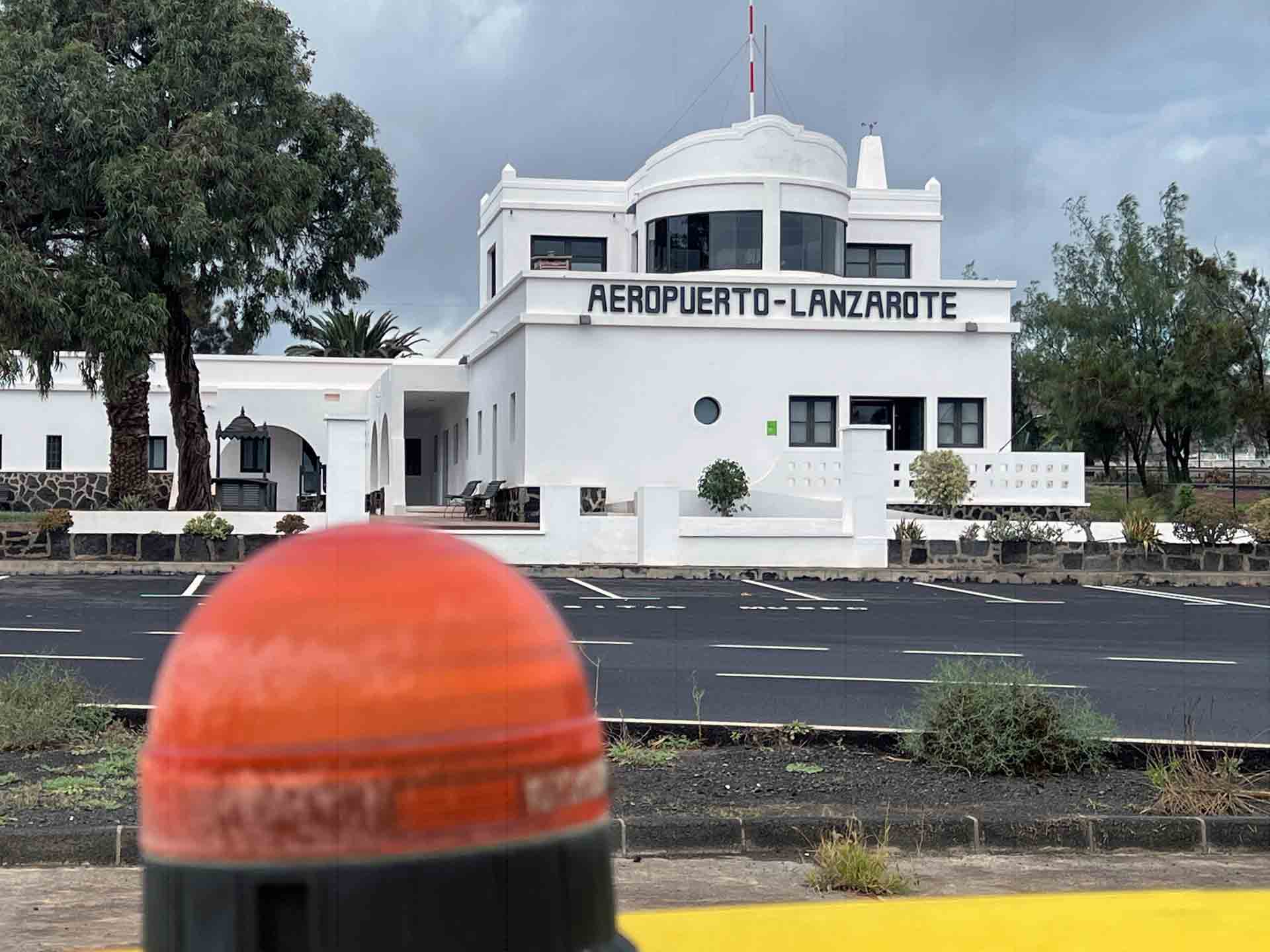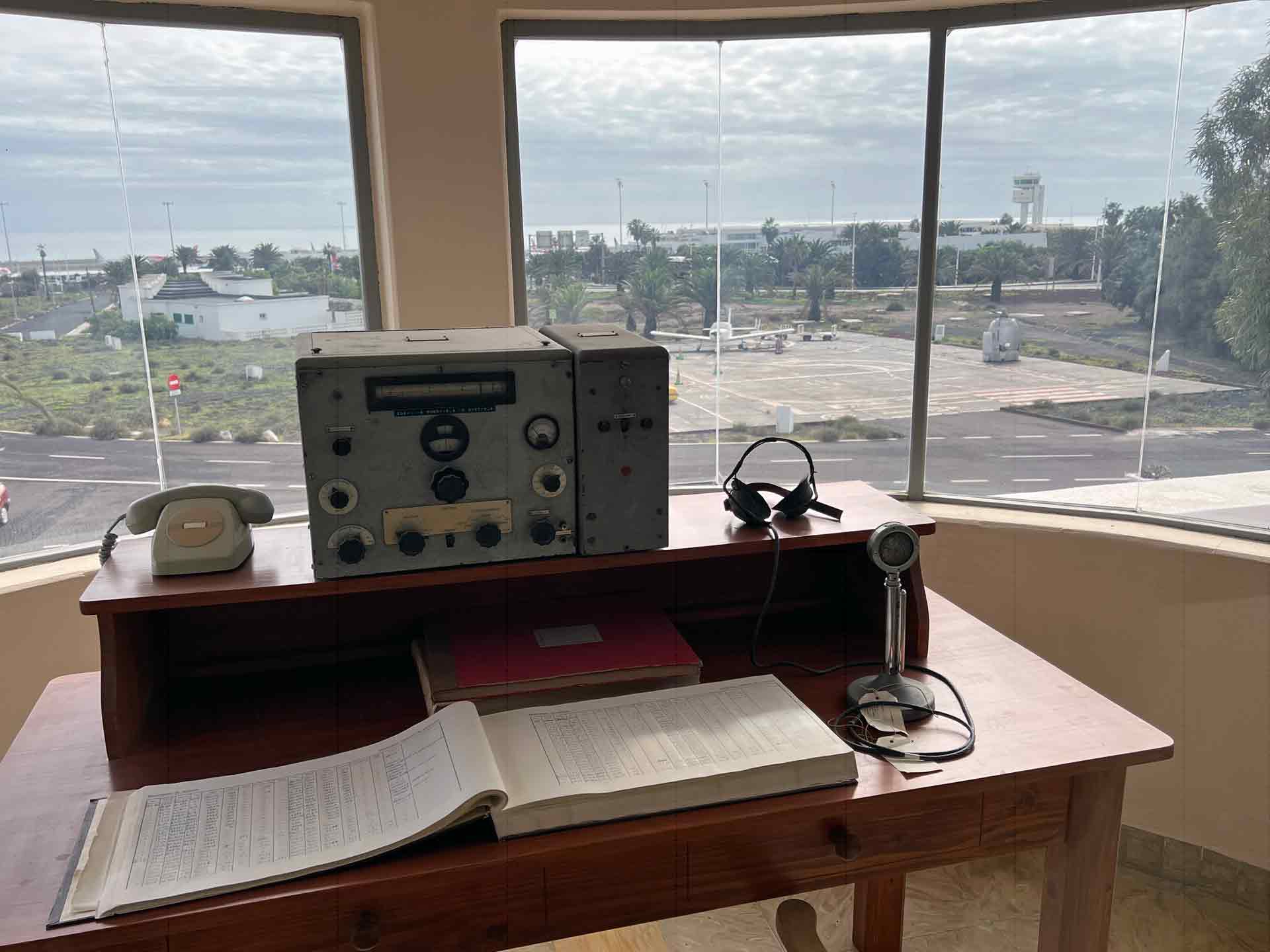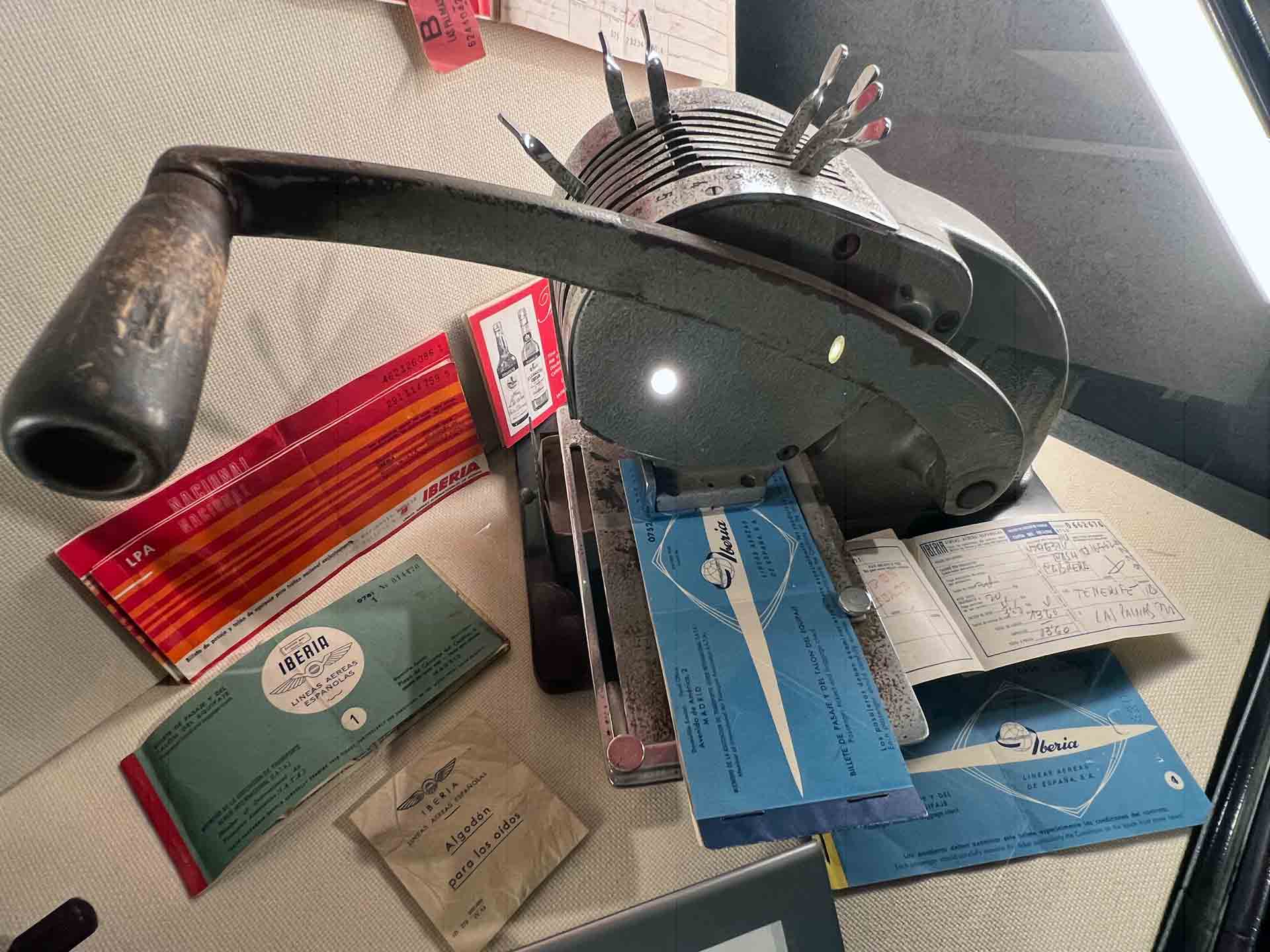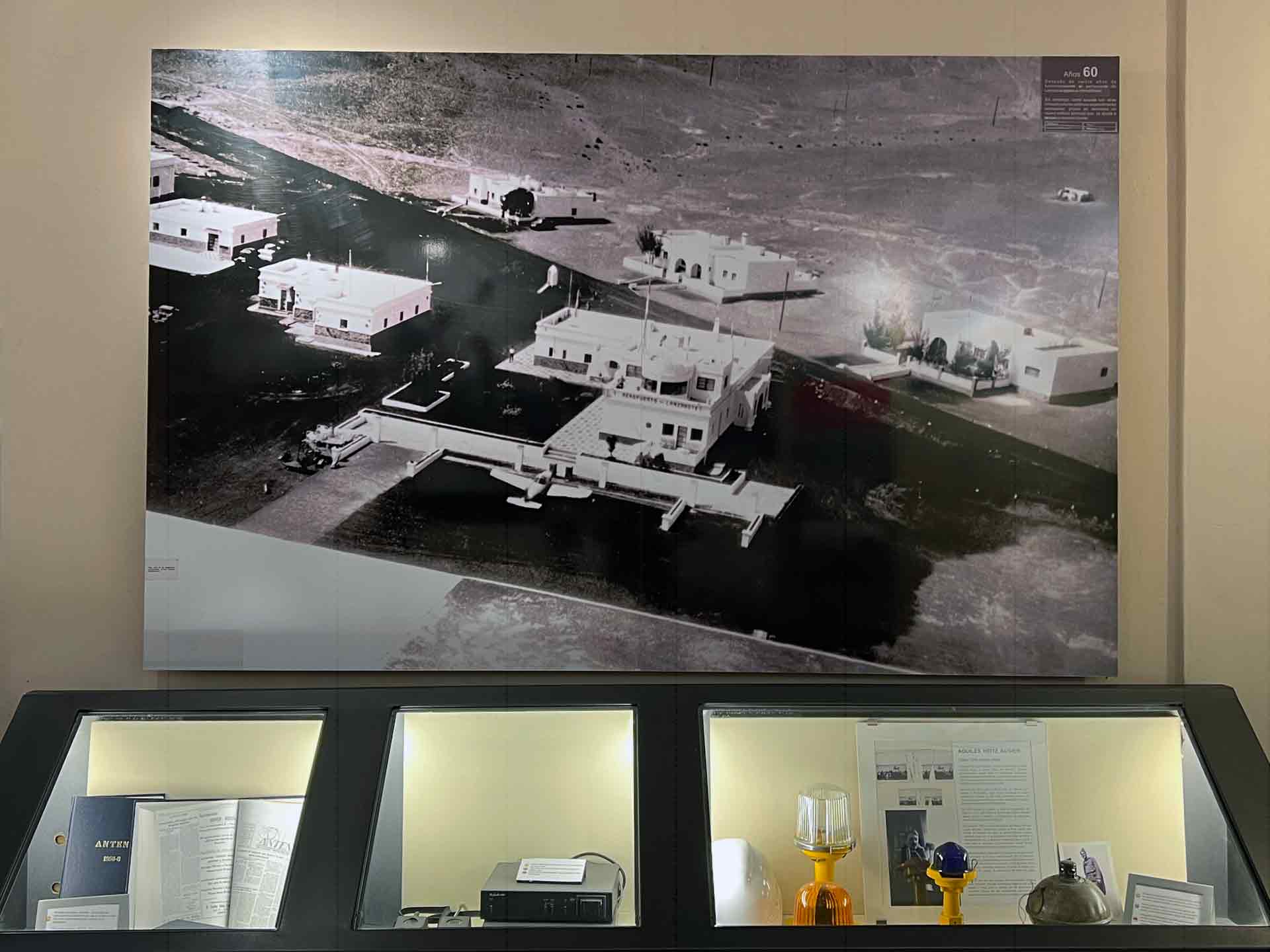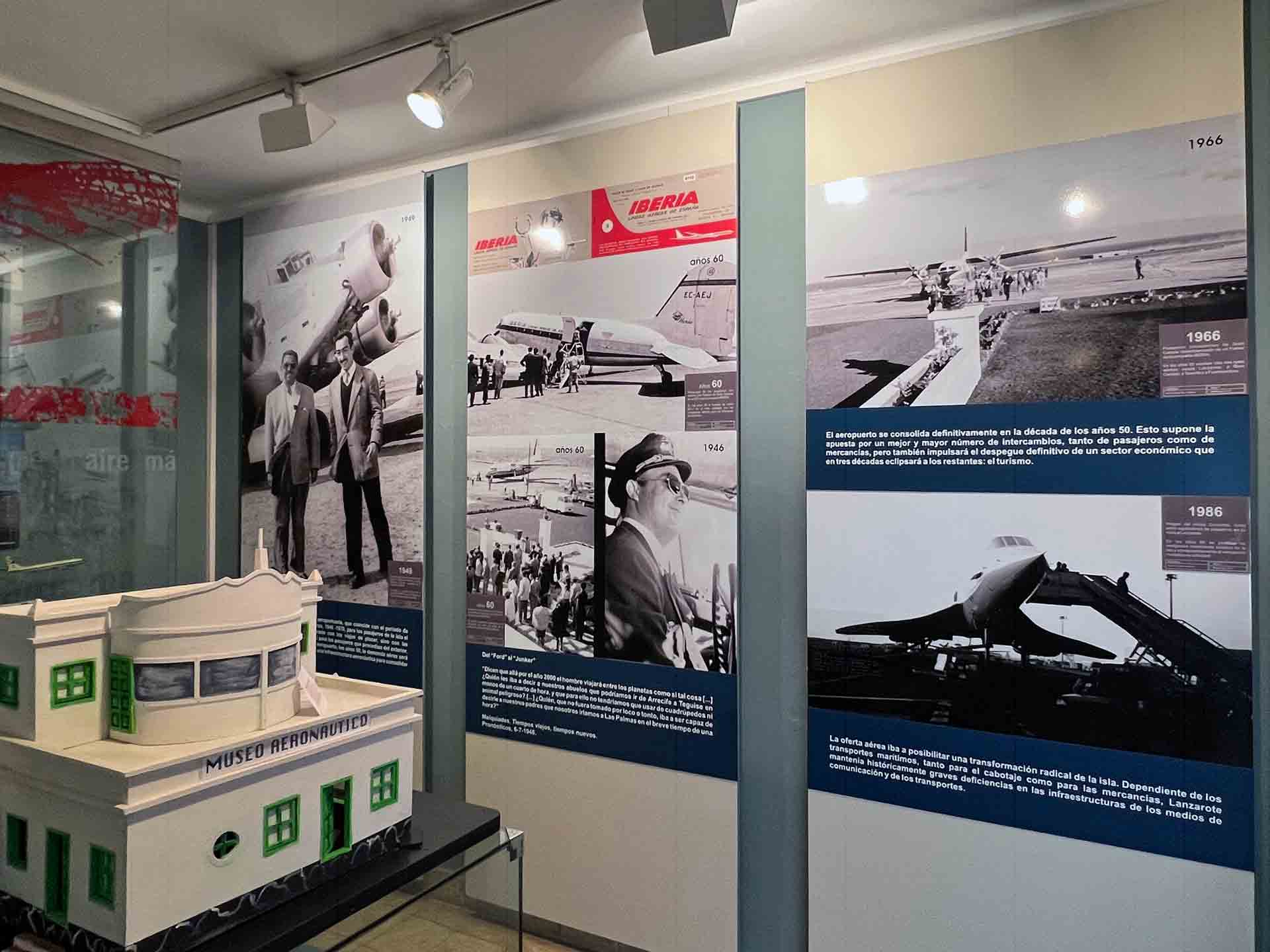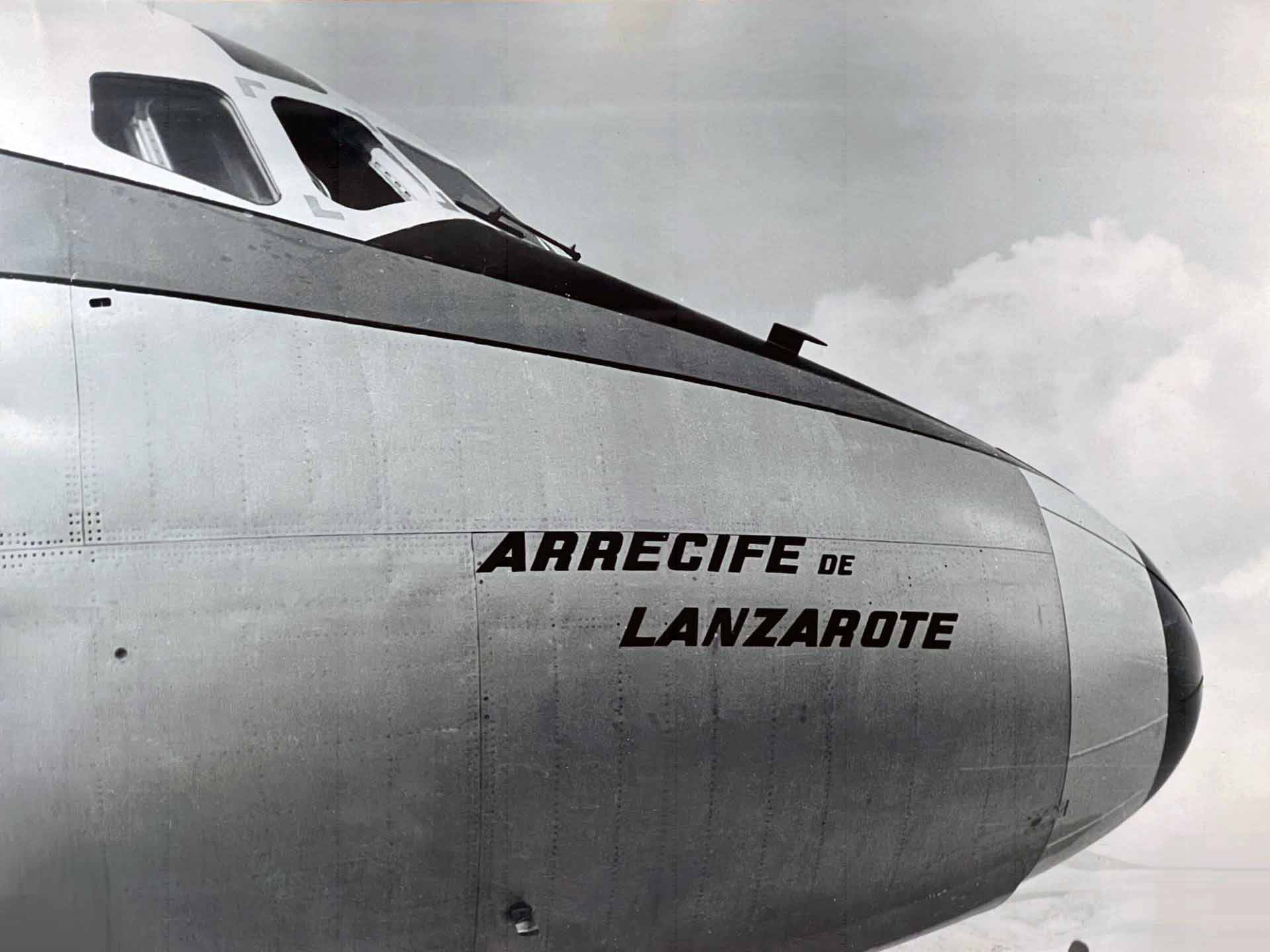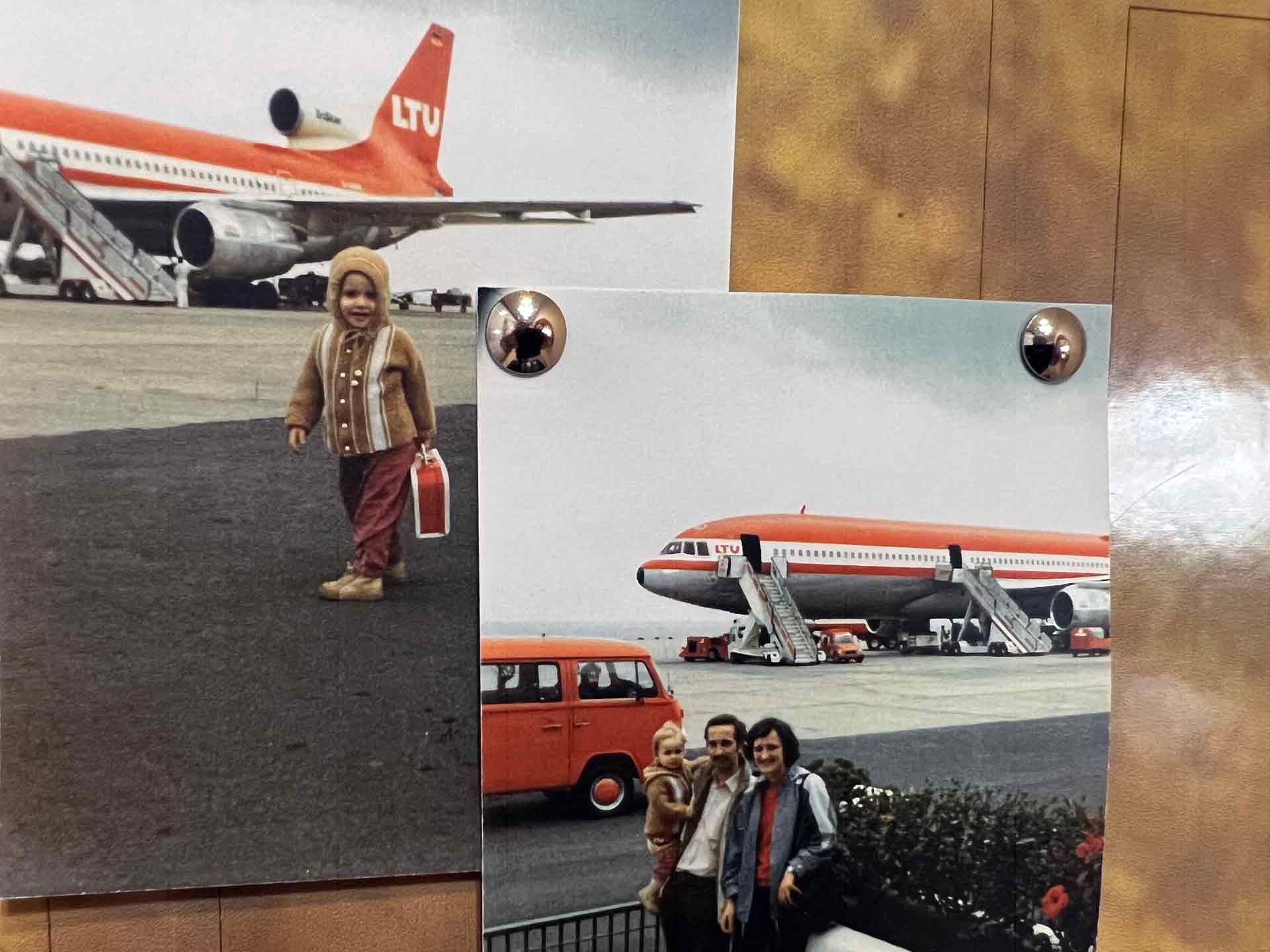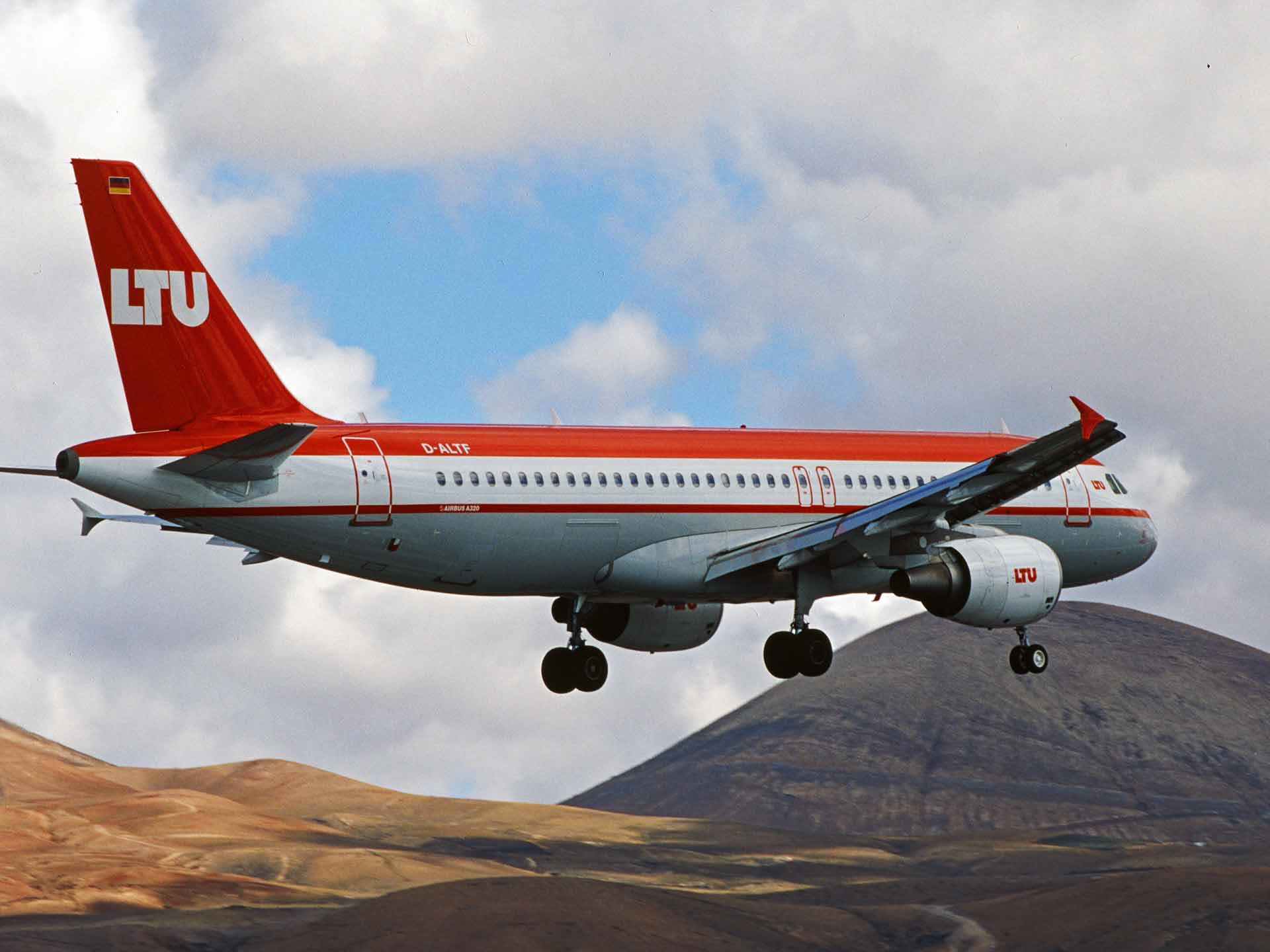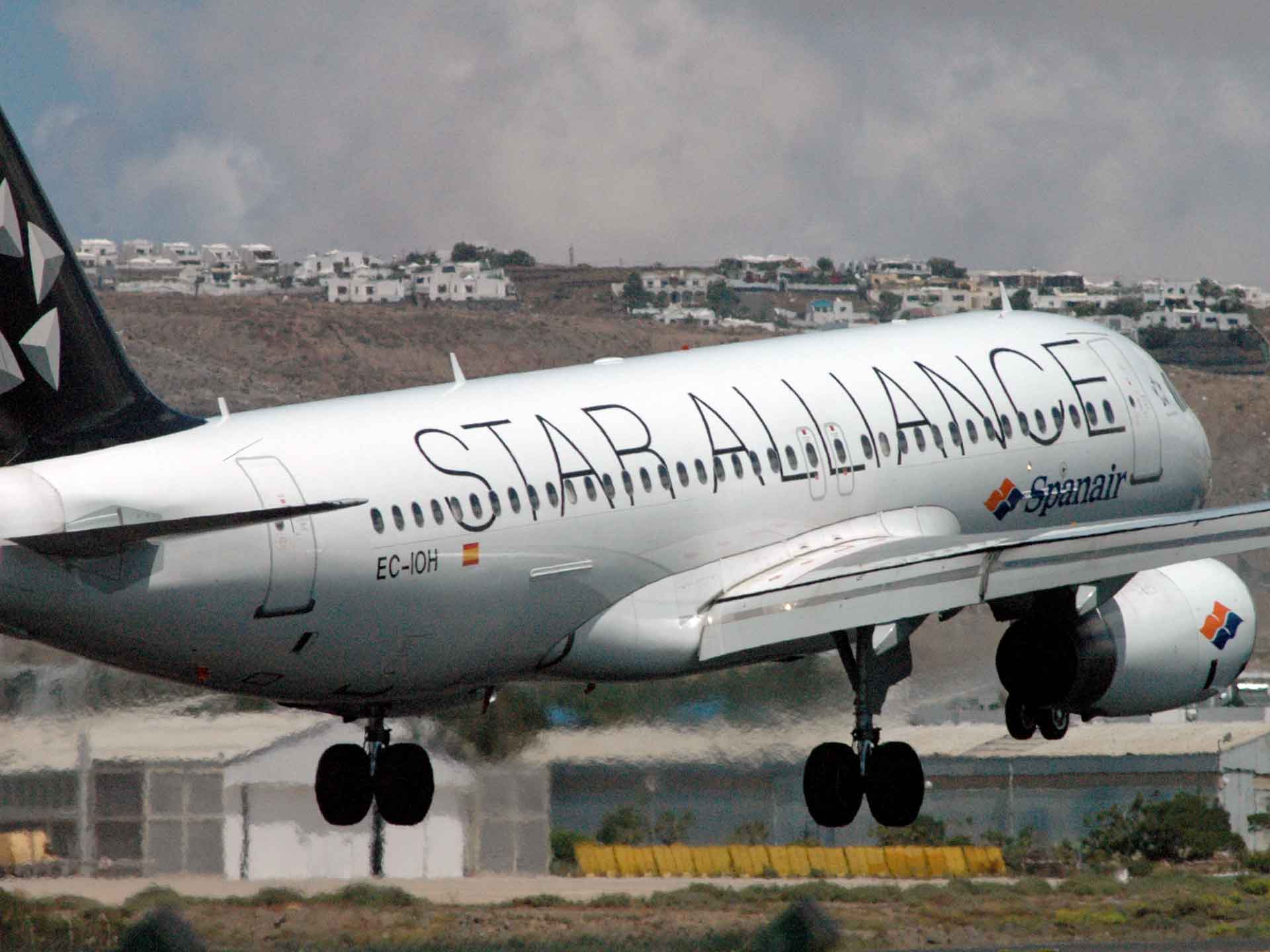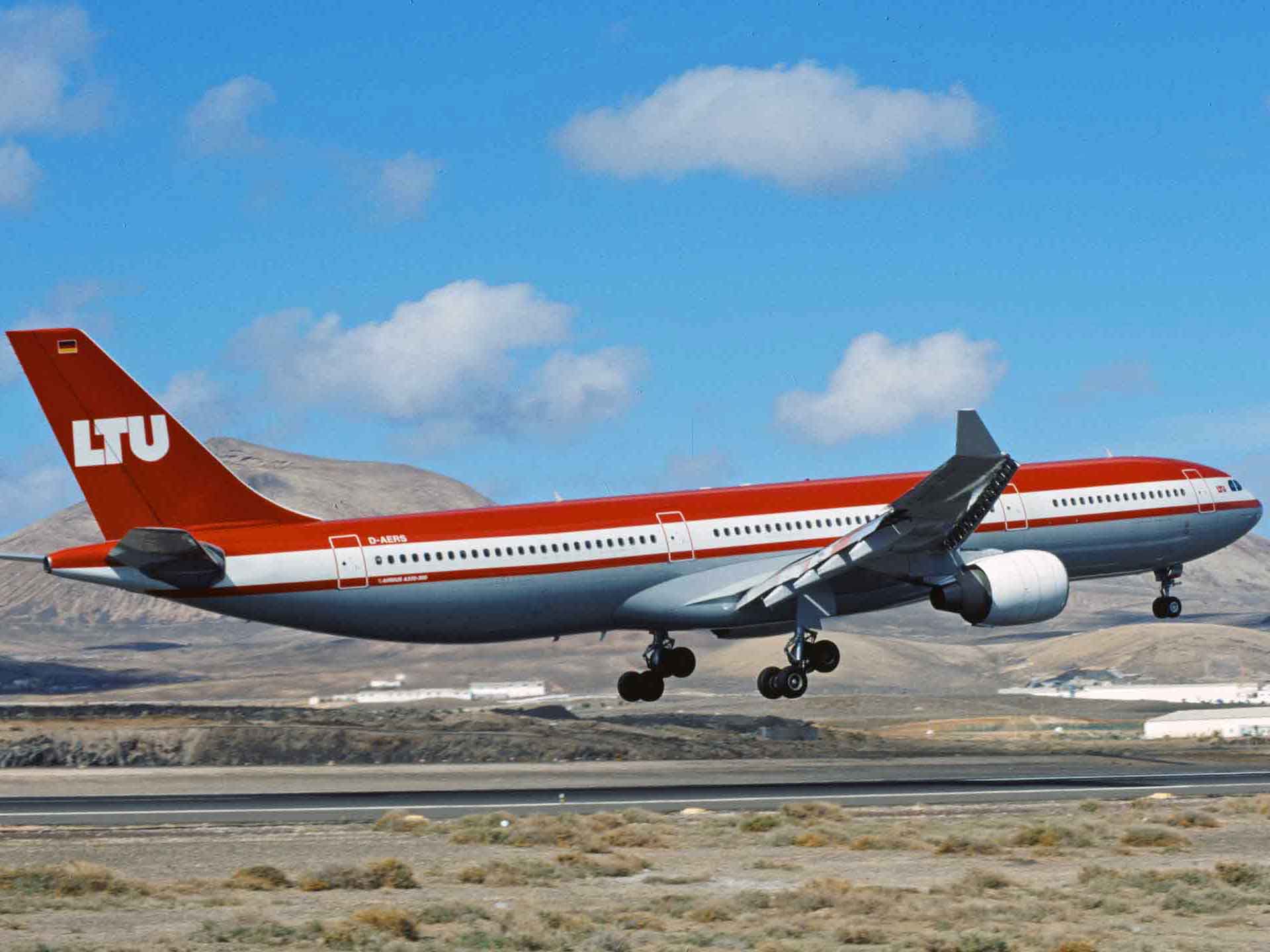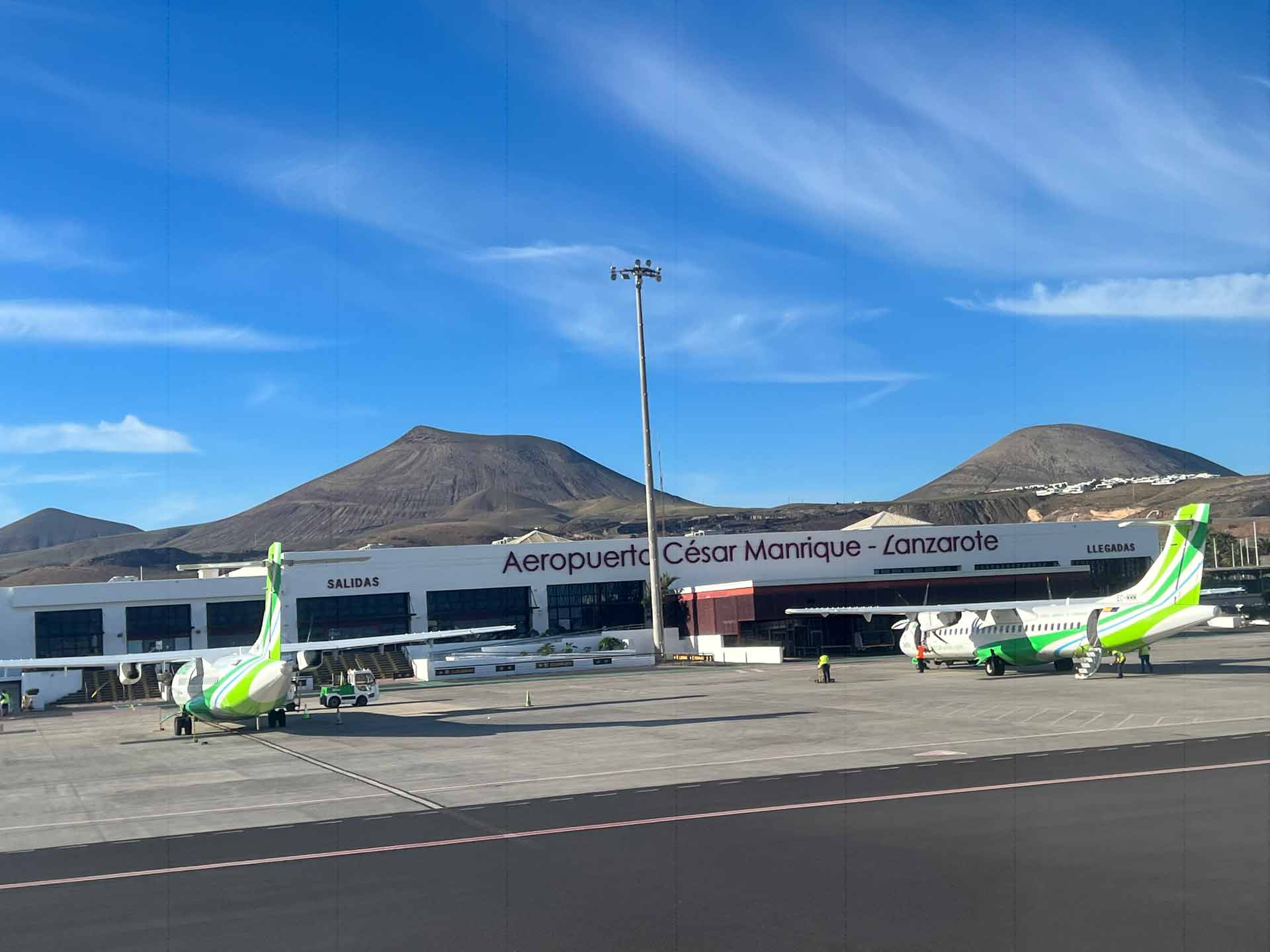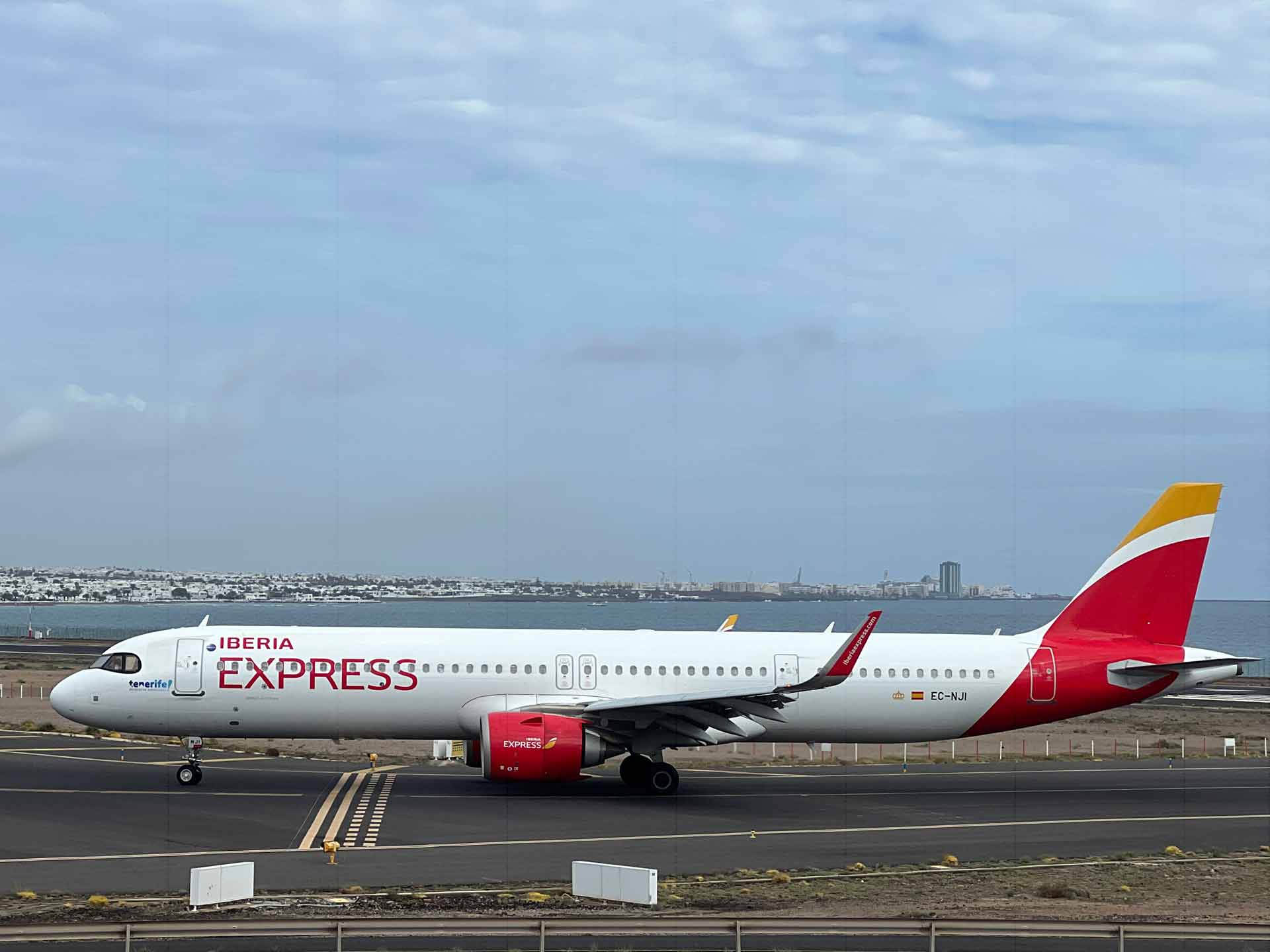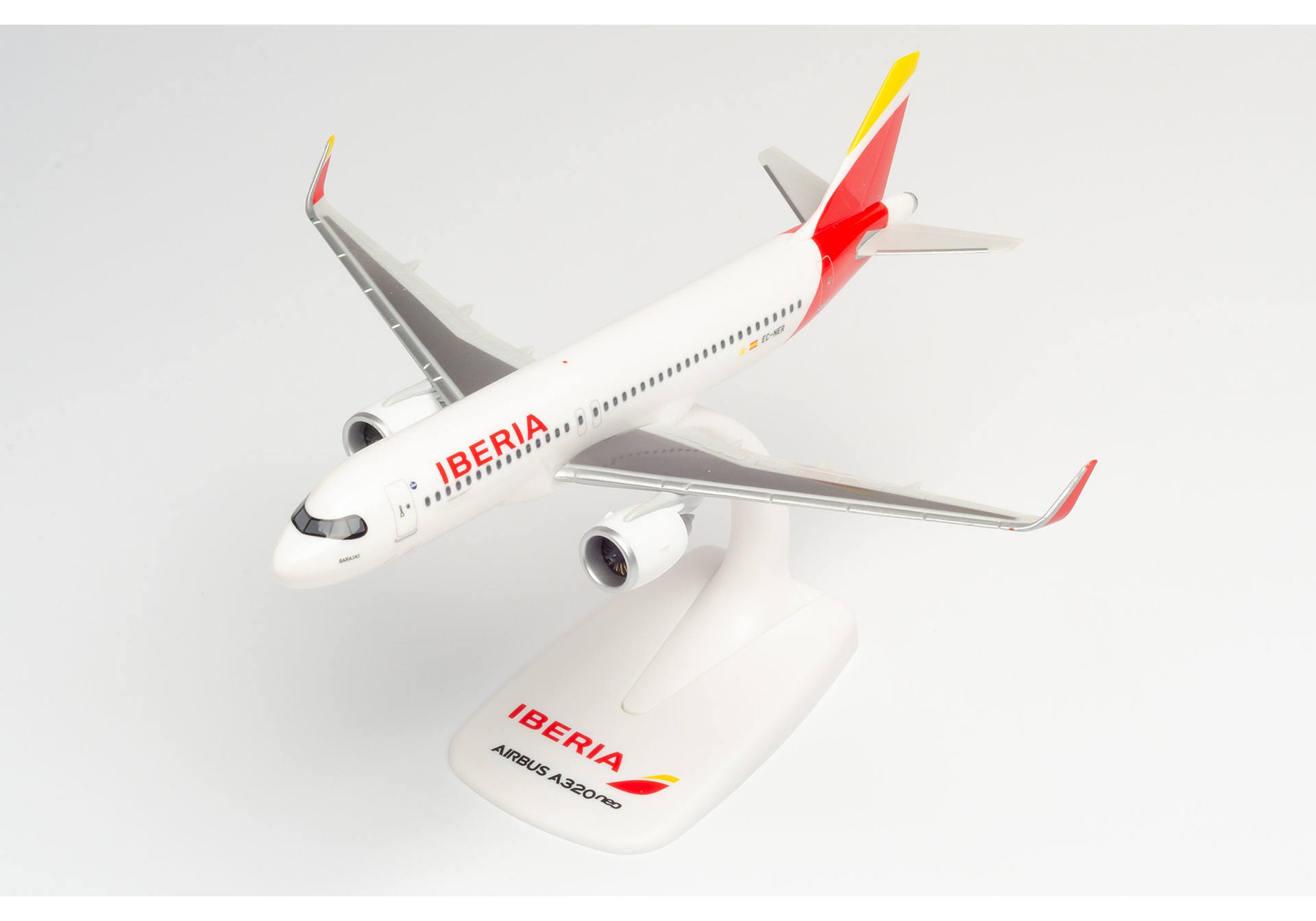Prosperity for Lanzarote
Until the 1960s, Lanzarote was a marginal Canary Island. The expansion of the airport and emerging tourism by air brought the turnaround. In 1962, the first accommodation opened, and sixty years later, over seven million sun-seekers fly in every year. A museum in the historic Arrecife airport terminal building shows how air traffic changed everything.
The Canary Islands historically marked the end of the known world. Lanzarote is one of the seven bigger islands of the archipelago, located in the Atlantic Ocean about 1200 kilometers southwest of Málaga in southern Spain. This geographical position means that aircraft are particularly well suited as means of transport – and air traffic has completely changed the fortunes of this volcanic island within only a few decades. Without aviation, today’s prosperity of the once remote islands would be unthinkable as it mainly depends on mass tourism. Business with sun-hungry Europeans, mostly British and Germans, started to blossom in Tenerife since the 1960s, from there moving to Gran Canaria and Fuerteventura. This was the exact order the first airports in the Canary Islands had opened – in 1930 it started with Los Rodeos in Tenerife, still used today as Tenerife North, then Gando in Gran Canaria the same year, and Tetia in Fuerteventura following in 1940. Only in 1946, the first aircraft were able to land in Lanzarote, the fourth largest of the Canary Islands and located most north-easterly, the odd one out due to its harsh volcanic environment.
Already in 1924, a Dornier Wal flying boat watered in Arrecife harbor. In 1930, Tenerife and Gran Canaria became the first Canary Islands opening airports. In Lanzarote, that only happened in 1946.
First came the flying boats, then Zeppelins
The historic terminal still stands today, in full sight of Arrecife airport’s modern one. A pleasant white building resembling an aircraft itself seen from above, with the integrated air traffic control tower standing for the cabin. Since 2002, the complex houses a fascinating museum dedicated to the island’s aviation heritage as well as the aerial history of the Canary Islands overall. The Museo Aeronáutico del Aeropuerto de Lanzarote, its full name, allows visitors to understand how aircraft over decades have enabled development in the archipelago. In 1919, a French two-seater flying boat landed in front of Lanzarote’s capital Arrecife as the first aerial vehicle ever. Then in 1924, one of the famous Dornier Wal flying boats visited the island, while Gran Canaria turned into an important base for early Canarian aviation development. On May 20, 1930, another milestone was achieved: A Ford TriMotor AT registered M-CKKA operated the first regular scheduled flight on the route Madrid–Gran Canaria (Gando)–Tenerife (Los Rodeos) on behalf of the state-subsidized airline CLASSA. Also in 1930, German Zeppelin air ships appeared over Gran Canaria and Tenerife on their way over the South Atlantic to South America. The giant flying cigars created lots of excitement, while they didn’t use the Canary Islands for stopovers, just dropping mailbags over both capitals.
1946 eröffnete das im inseltypischen Stil gebaute erste Terminalgebäude, das heute das Museum beherbergt. Der damalige Kontrollturm ist auch von innen erhalten und kann besichtigt werden.
Airport museum in the original 1946 terminal
In the mid-1930s, airmail company LAPE also needed a base in Lanzarote as the island closest to the Spanish motherland. In 1936, an area on Playa Guacimeta beach in the east of the island close to its capital Arrecife was chosen as the airport, but with the beginning of the Spanish civil war shortly after, all activities came to a halt. Only in December 1940, 80 hectares of land close to the sea were flattened to serve as a sand runway. Six years later, the terminal building, built in the typical local style, was opened where the museum is located today. Then on June 12, 1946, Iberia operated the first scheduled flight to Lanzarote–Guacimeta with a Junkers Ju 52 registered EC-DAM. Before long, the café inside the terminal, enabling patrons to watch aircraft activities, emerged as a favorite haunt of the island community. Conditions were often harsh then, bad visibility and a mediocre runway led to disruptions of air traffic. Strong winds whipped up sand of the unpaved facility, creating impenetrable dust clouds even in bright sunshine. When rains hit, the taxiways and runway often got flooded with puddles remaining, hindering air traffic for days.
Initially, flight operations in Lanzarote were often hampered by difficult conditions due to the unpaved apron. Only in the late 1950s, it was covered with asphalt. The museum displays photos and artifacts of the early days.
The first hotel in 1965, then a new terminal in 1970
Only ten years after the first commercial flight, the runway and taxiways were finally paved with asphalt. At the time, tourism was hardly existing, even in the 1960s, there were only three regular routes from Lanzarote, with Iberia connecting the volcanic island with neighboring Gran Canaria, Fuerteventura, and Tenerife. The flights were initially operated by DC-3s, later Fokker F27s. Only in 1962, the first accommodation opened, and it took until 1965 for the first proper hotel to start up with 120 rooms on three floors, while the island population stood at 40,150 then. In the late 1960s, works for a new terminal began, the old building from 1946 stayed on until on March 3, 1970, the new complex took over. From now on, the ever-rising tourism by air brought a huge economical boost to the Canary Islands, especially as they are a year-round destination with their mild climate. Nowadays, the island is one of Spain’s quickest-growing communities. The population including long-term tourists was estimated at 206,000 in 2019, a fivefold increase since the start of tourism by air. The initial bigger terminal was continuously in use from 1970 until 1999 with ever-new provisional expansion measures, also used by passengers of a special Concorde flight in 1986. Until 1999, the airport handled 4.7 million passengers annually, high time for the opening of a new passenger-handling complex that year. In 2022, Aeropuerto César Manrique-Lanzarote, its official name since 2019, broke a new record of 7.35 million passengers, far beyond the six million annual users the terminal is designed for.
Since the 1970s, Arrecife airport has been dominated by charter and holidaymaker airlines, many of them from Germany. As the runway runs parallel to the beach, this offers a great opportunity to combine swimming and spotting.
Nostalgic view from the 1946 tower
It’s a stark contrast looking over from the historic air traffic control tower, fully preserved and part of the museum, to today’s airport, while standing up there in front of a huge metal box, then enabling radio communications with the aircraft. The exhibition on the ground floor in the main hall is not only attractive with many historic photos and original pieces like vintage tickets, but the building itself including the old café has been carefully restored. On the former apron sits a lone Wright Cyclone piston engine, part of a French Super Constellation, which got stranded forever in Lanzarote after a dual engine failure on August 25, 1969. Anyone with an aviation interest should head to nearby Playa Guacimeta by rental car after visiting the museum, the long white beach running parallel to the runway. On one side the ocean with Arrecife in the background and a bizarre volcanic landscape on the other side behind the airport. There’s hardly a more scenic place to watch or photograph aircraft than here.
At Aeropuerto César Manrique–Lanzarote, there is also scheduled traffic, both interinsular and daily to Madrid.
Text and photos: Andreas Spaeth
Information
The Museo Aeronáutico del Aeropuerto de Lanzarote is located on entering Arrecife airport, turn right at the sign “Museo”. Open Monday to Saturday from 10 am to 2 pm, free entry. Phone +34-928-846 365.


